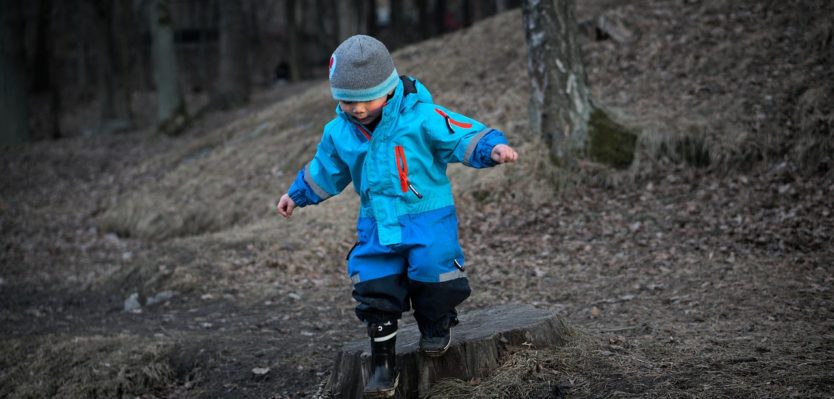
Want to learn how to write a book for children? OK, let’s start at square one.
You’re fascinated by writing and you’re interested in starting a children’s book career, but you’re not sure what to do first.
The key thing is not to overwhelm yourself. Don’t worry about getting published. Don’t concern yourself with eBooks, apps or other bits of technology. And don’t carry forth any preconceived notions about how to write a book for children based on what you read when you were a kid.
In other words, keep it simple. Before you worry about how to write a book, you should get an understanding of the children’s book world.
1. Get a lay of the land.
Publisher’s Weekly is the bible of the publishing industry, and they maintain the most widely respected bestseller lists.
Here’s the link to their children’s bestseller lists.
Take these lists the bookstore and to your local library. Read through at least 5 of the top books in each category. Take notes.
Are you seeing any common themes? Any similarities in writing style? What kind of words are being used? What sort of tones are being set?
2. Make friends with your bookseller and your local children’s librarian.
Introduce yourself to the folks who are experts in children’s literature. Tell them that you’re learning how to write a book for kids and that you’re trying to understand what’s hot now. From our experience, the vast majority of people who work in bookstores and libraries love to talk about the books they have on their shelves. Ask about their favorite current books, and why they like them. Ask about what kids seem to really enjoy right now. You’ll likely get a master class in children’s literature if you’re polite and mindful of their time. A thank you note after the fact will help seal what can become a very valuable relationship.
3. Learn the various categories of children’s books.
The world of children’s literature is divided along age lines. Become familiar with the standard categories and read from each of them. Before long you’ll find yourself gravitating toward one or two of these. That’s how you’ll know which age group you’re best suited for. For a deeper dive into children’s book categories, check out our book genre list.
Here are the categories, along with some classic books to check out:
* Picture books — Often, when people ask how to write a book for children, they really mean “How do I write a picture book?”. It’s a category that’s remained wildly popular with readers and writers for decades.
In its broadest definition, a picture book is a book in which the illustrations play a significant role in telling the story. Under this umbrella are several types of books:
1. Baby Books — For infants and young toddlers, these books are generally lullabies, nursery rhymes, fingerplays, or wordless books. The length and format varies with the content.
2. Toddler books — Very simple stories for ages 1-3 (under 300 words) familiar to a child’s everyday life, or concept books (teaching colors, numbers, shapes, etc.) Books are short (12 pages is average) and the format can be board books (sturdy paper-over board construction), pop-ups, lift-the flaps or novelty books (books that make sounds, have different textures, etc.) See the “Max” series of board books by Rosemary Wells (Dial).
3. Picture books — Traditionally, picture books (also called “picture story books”) are 32-page books for ages 4-8 (this age may vary slightly by publisher). Manuscripts are up to 1500 words, with 1000 words being the average length. Plots are simple (no sub-plots or complicated twists) with one main character who embodies the child’s emotions, concerns and viewpoint. The illustrations (on every page or every other page) play as great a role as the text in telling the story. Occasionally a picture book will exceed 1500 words; this is usually geared toward the upper end of the age spectrum. Picture books cover a wide range of topics and styles. The list of Caldecott Medal winners, available here, is a good place to start your research. Nonfiction in the picture book format can go up to age 10, 48 pages in length, or up to about 2000 words of text.
4. Early picture books — A term for picture books geared toward the lower end of the 4-8 age range. These stories are simple and contain under 1000 words. Many early picture books have been reprinted in the board book format, thus widening the audience. The Very Hungry Caterpillar by Eric Carle (Philomel) is an example.
* Easy readers — Also called “easy-to-read”, these books are for children just starting to read on their own (age 6-8). They have color illustrations on every page like a picture book, but the format is more “grown-up” — smaller trim size, sometimes broken into short chapters. The length varies greatly by publisher; the books can be 32-64 pages long, with 200-1500 words of text, occasionally going up to 2000 words. The stories are told mainly through action and dialogue, in grammatically simple sentences (one idea per sentence). Books average 2-5 sentences per page. See the “Amelia Bedelia” books by Peggy Parish or other “I Can Read” books published by Harper Trophy.
* Transition books — Sometimes called “early chapter books” for ages 6-9, they bridge the gap between easy readers and chapter books. Written like easy readers in style, transition books are longer (manuscripts are about 30 pages long, broken into 2-3 page chapters), books have a smaller trim size with black-and-white illustrations every few pages. See “The Kids of the Polk Street School” series by Patricia Reilly Giff (Dell) or the “Stepping Stone Books” published by Random House.
* Chapter books — For ages 7-10, these books are 45-60 manuscript pages long, broken into 3-4 page chapters. Stories are meatier than transition books, though still contain a lot of action. The sentences can be a bit more complex, but paragraphs are still short (2-4 sentences is average). Chapters often end in the middle of a scene to keep the reader turning the pages. Look at the “Herbie Jones” books by Suzy Kline (Puffin) and the “Ramona” books by Beverly Cleary (Morrow).
* Middle grade — This is the golden age of reading for many children, ages 8-12. Manuscripts suddenly get longer (100-150 pages), stories more complex (sub-plots involving secondary characters are woven through the story) and themes more sophisticated. Kids get hooked on characters at this age, which explains the popularity of series with 20 or more books involving the same cast. Fiction genres range from contemporary to historical to science fiction/fantasy; nonfiction includes biographies, science, history and multicultural topics. Check out some middle grade novels from the list of Newbery Medal winners to get you started.
* Young adult — For ages 12 and up, these manuscripts are 130 to about 200 pages long. Plots can be complex with several major characters, though one character should emerge as the focus of the book. Themes should be relevant to the problems and struggles of today’s teenagers, regardless of the genre. The Outsiders by S.E. Hinton defined young adult when it was first published in 1967; the Newbery Medal award list also contains many worthy titles. A newer age category (10-14) is emerging, especially with young adult nonfiction. These books are slightly shorter than the 12 and up category, and topics (both fiction and nonfiction) are appropriate for children who have outgrown middle grade but aren’t yet ready for the themes (fiction) or who aren’t studying the subjects (nonfiction) of high school readers.
Now you have a good understanding of children’s book genres and what’s happening now. But to answer the big question — How to Write a Book for children or teens – visit Writing Blueprints. It’s easier than you have ever imagined!
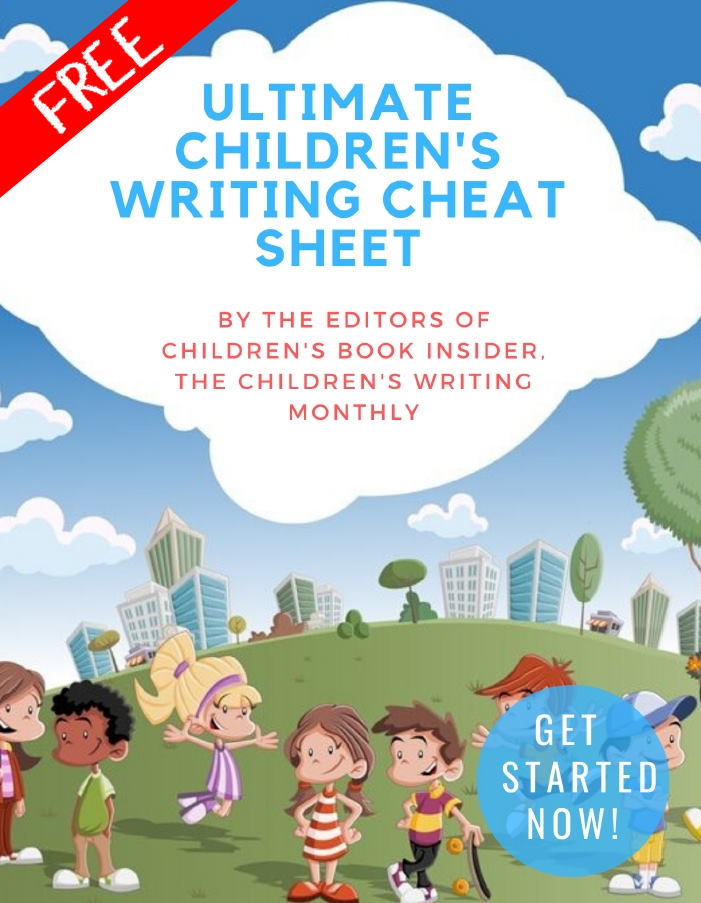
✏ Word Counts & Age Groups for Every Kidlit Category
✏ FAQs, Glossaries and Reading Lists
✏ Category-specific Tips, from Picture Books Through Young Adult Novels
✏ 5 Easy Ways to Improve Your Manuscript
✏ Writing For Magazines …and more!
This is a gift from the editors of Children’s Book Insider, and there’s no cost or obligation of any kind.
We will never spam you or share your personal information with anyone. Promise!
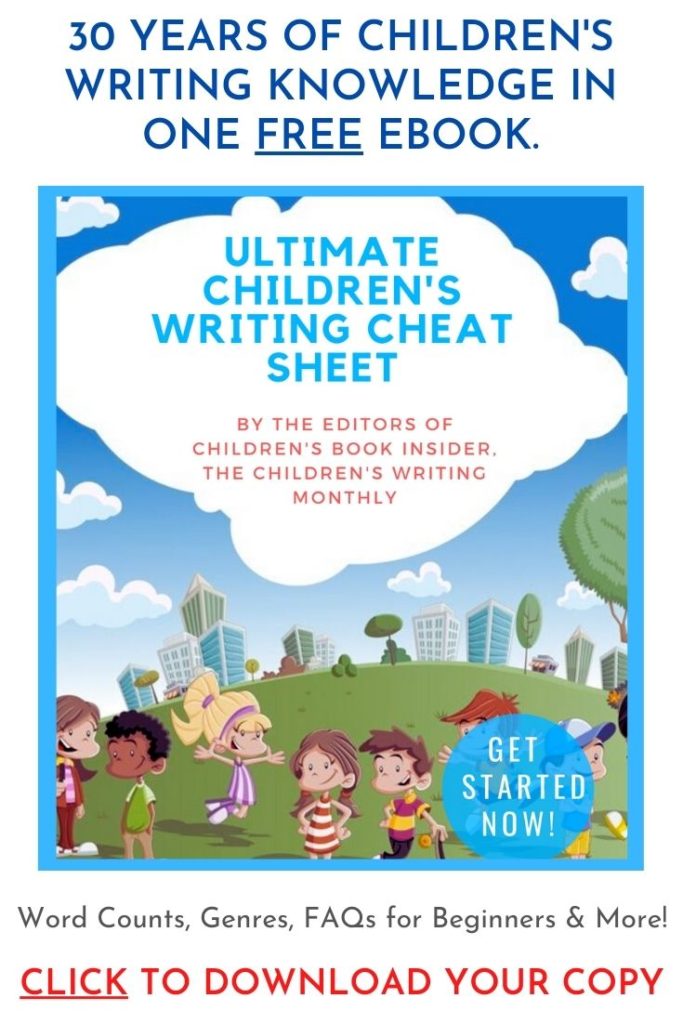
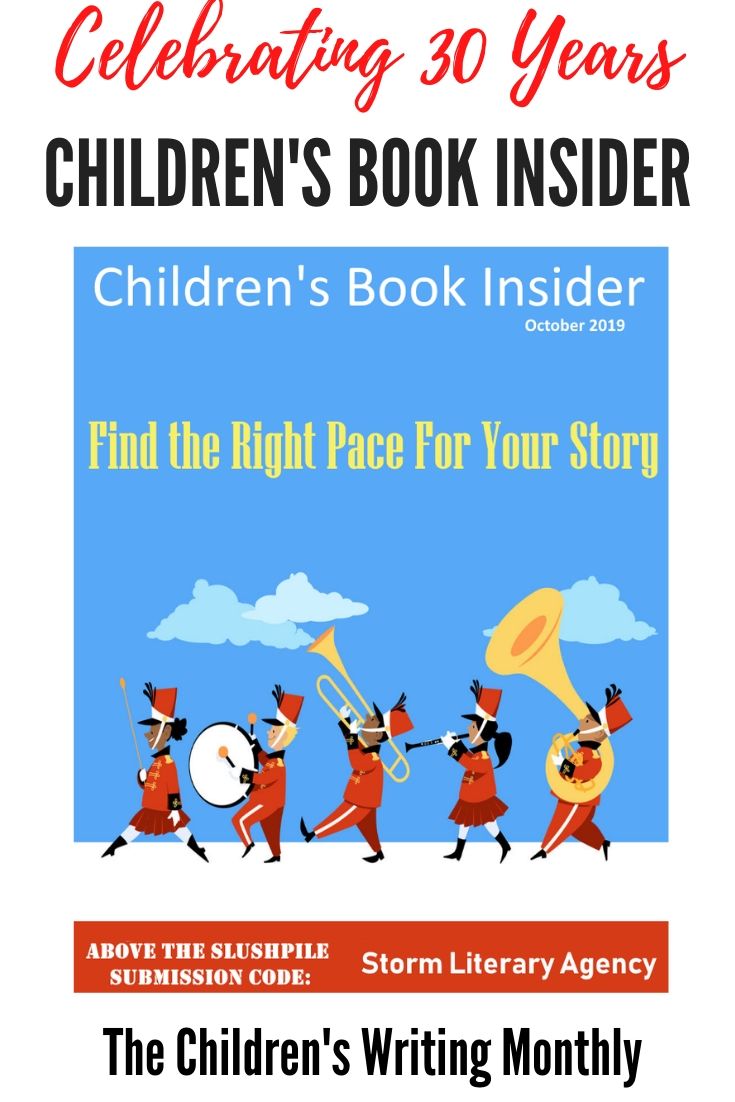
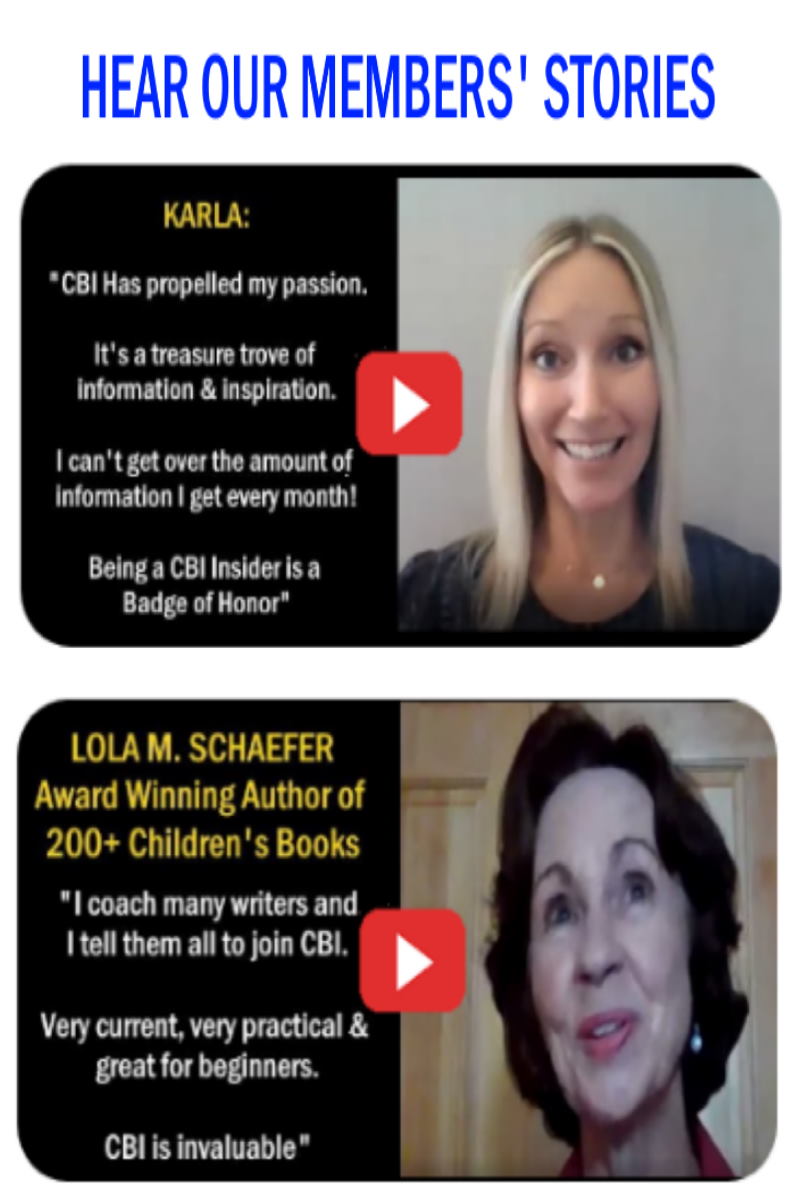
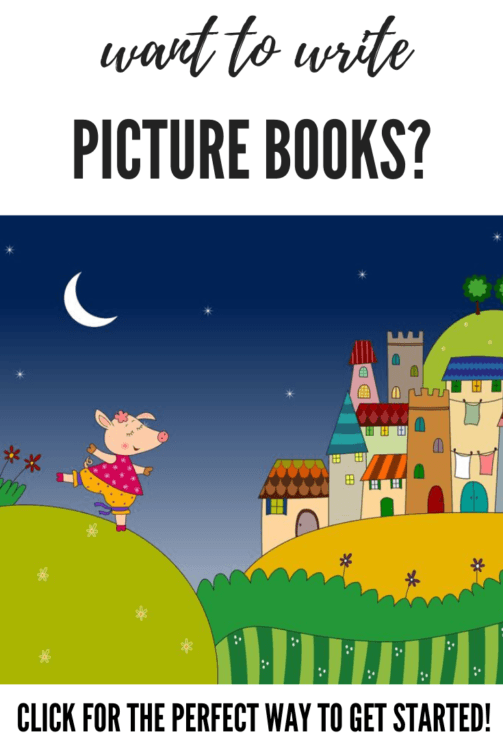


Thanks for sharing that. In fact, writing a book for children is not such an easy task. You need to be very careful to understand the psychology of children. You also need to carefully consider the whole story, highlight what you want to convey to your young reader. Children’s book should be fun, you need a very careful approach to different topics that ordinary parents can not yet tell children (questions of death, love, sex, different bad things, drugs)
All the best!
Writer on https://writercheap.com/
The blog post is great. The article explores how to write a book for children – your first steps. Do you understand how to write a book for children? If you don’t know, you should read the article so that you can gain knowledge on how to write a book for children. If you are awestruck by writing and you are paying attention to start a children’s book career and you are not certain about what to do first, read the article.
more : https://essayschief.com/services